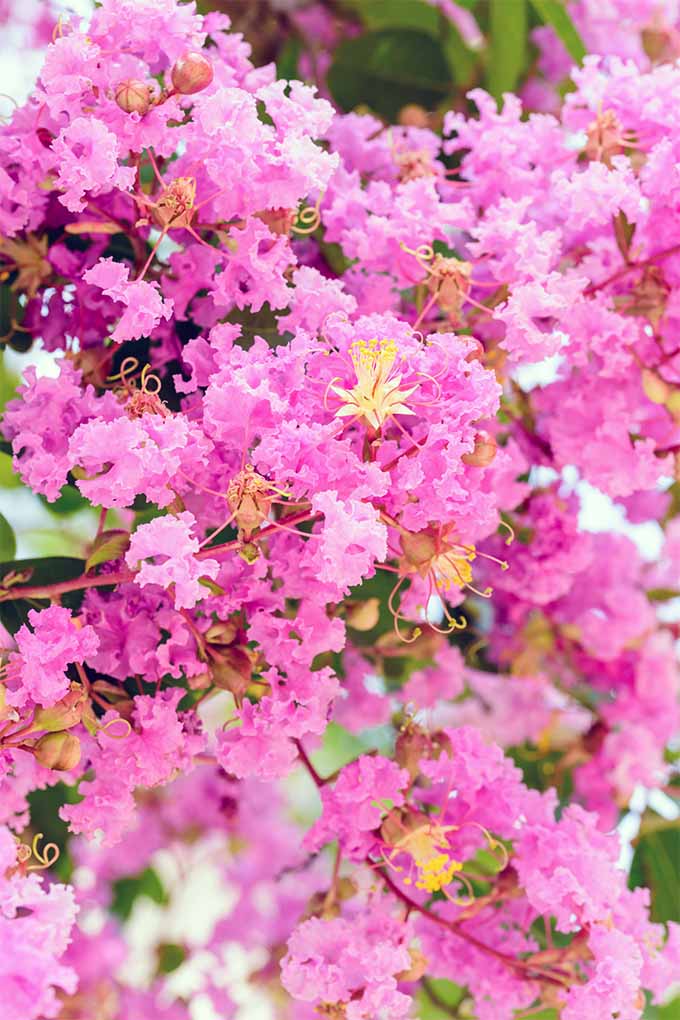Rachel_Web_Design / Getty Images
1. Hibiscus (perennial): Requires full sun and lots of water with well-drained soil. Commonly used as a centerpiece for elegant potting arrangements. Attracts bees, hummingbirds and butterflies. It also may be contained in tea which is said to lower both blood pressure and cholesterol levels.
Gardener’s Path
2. Globe Amaranth (annual): Requires moderate sun to partial shade, moderate water. Also commonly used in bouquets. They are drought tolerant and sustain heat spells well. Useful for garden borders and clusters. Regular pruning may stimulate additional blooms.
Usplash
3. Purple Coneflower (wildflower perennial): Are extremely hardy, full to partial sun, self - seeding and can be divided into clumps for future planting. It has complimentary features of the famous “black eyed Susan” Rudbeckia wildflower and is easy to grow in most soil conditions.
Home Stratosphere
4. Lantana (annual): Do well in most soil conditions, full sun and are both deer resistant and heat tolerant. Bloom many times throughout spring and fall and the seeds can be sown from deadheading blooms to be prepared to grow again the following year. However it is not a pet friendly plant since it contains a mild to moderate level of toxins.
Shutterstock
5. Crape Myrtle (deciduous tree): Prefers partial to full sun. Blooms best in non-nutrient rich soil that is slightly acidic. It produces blooms that last from mid - summer to fall season and is often used as a focal point or anchor in gardens. This plant has been recently improved by botanists to resist mildew easier and some are hybrids of two different color blooms in one plant.





